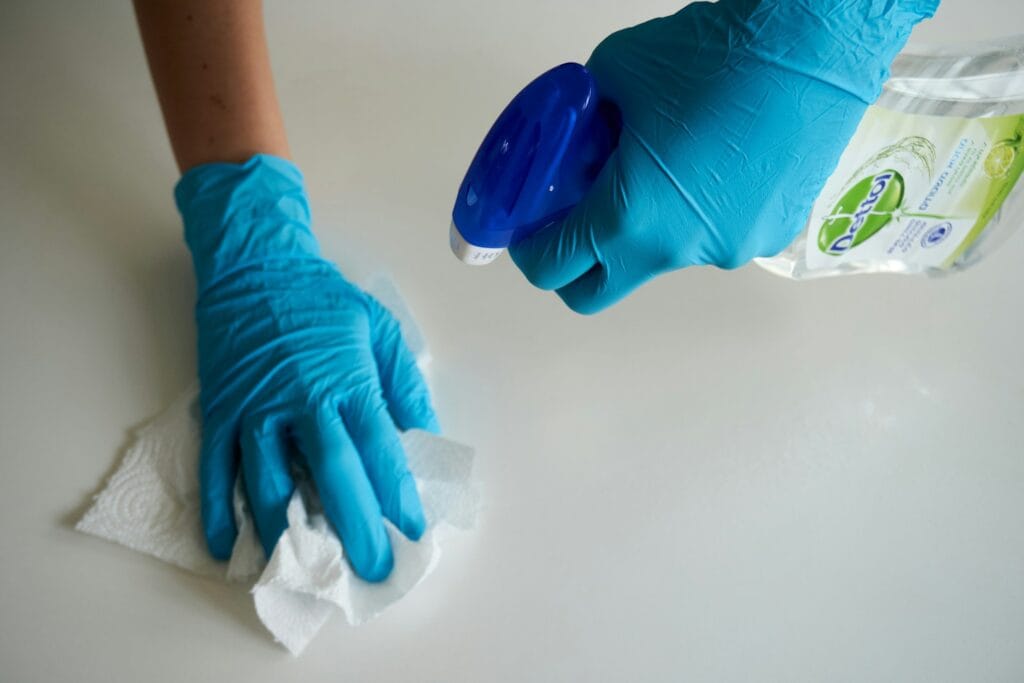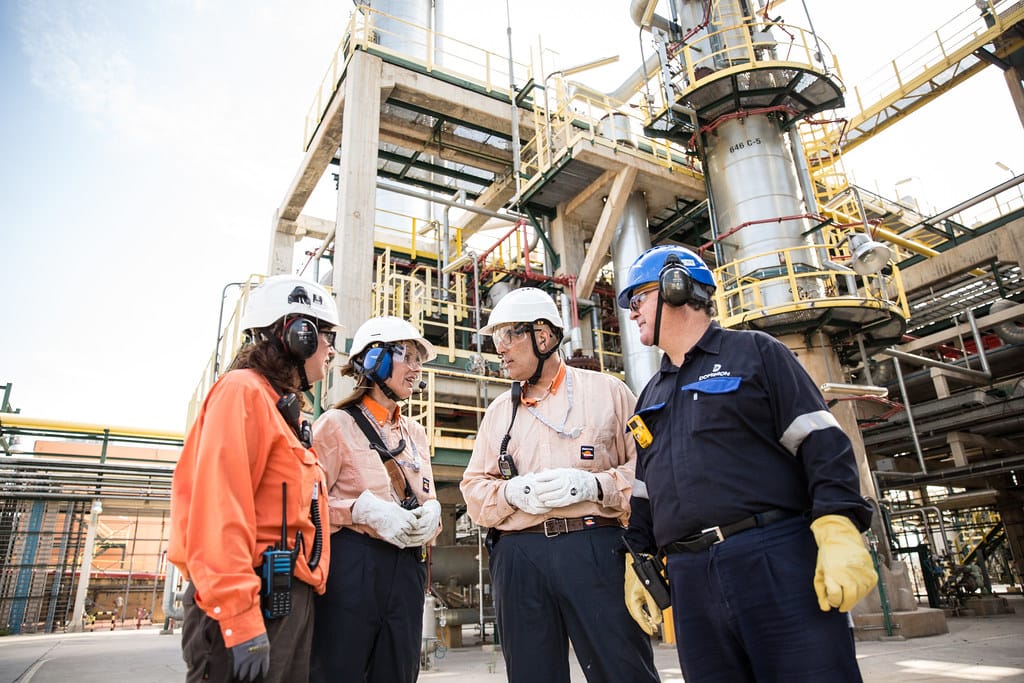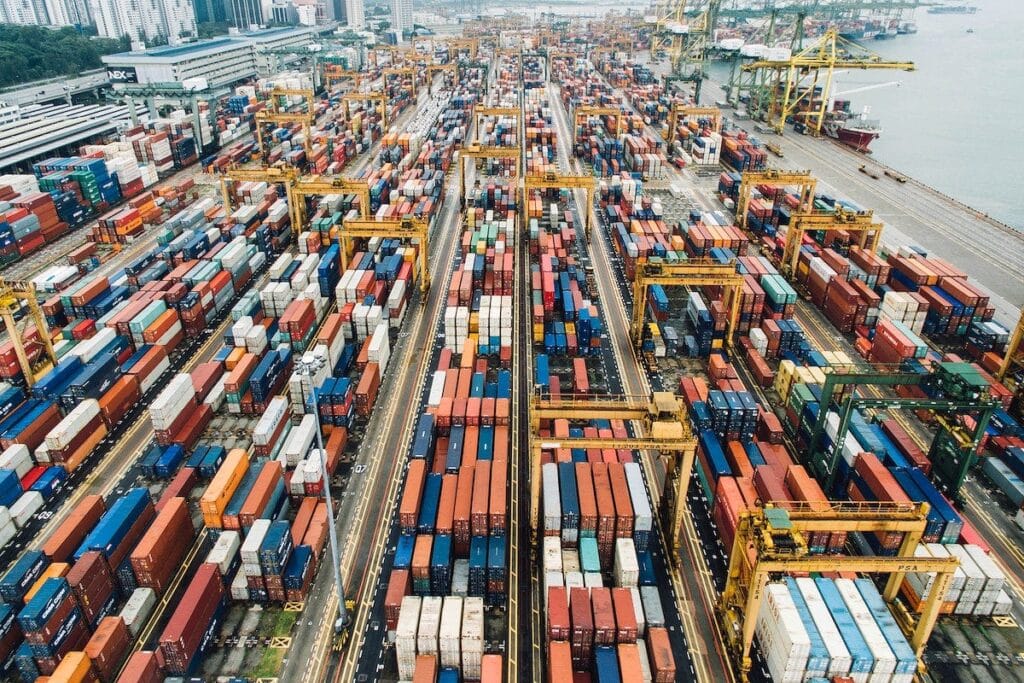
When importing workwear or PPE from China, the biggest mistake many new buyers make isn’t about product quality — it’s about not knowing their real costs.
A factory might quote you a great price — say $8 per coverall — but by the time it reaches your warehouse, that same piece might actually cost $13.
Without accurate cost calculation, you can’t price your products competitively, or worse, you might sell at a loss without realizing it.
This article will guide you step by step through true landed cost, hidden charges, profit calculation, and how to use a simple Excel tool to keep your business profitable and predictable.
📊 Google Snippet: Quick Answer
Your real cost in importing workwear = Factory Price + Freight + Duty + Local Fees + Hidden Costs.
To calculate profit:
[
\text{Profit Margin} = \frac{\text{Selling Price – Landed Cost}}{\text{Selling Price}} \times 100\%
]
Don’t rely on EXW or FOB prices alone — always include shipping, insurance, customs, and warehousing.
A profitable import business usually maintains 30–50% gross margin after all costs.
💰 Understanding the True Cost Structure
When a Chinese supplier quotes you a price — for example $8.00 FOB Shanghai — that only covers the cost of goods plus export handling to the port.
Here’s what comes next:
| Cost Component | Description | Typical Range |
|---|---|---|
| Factory Price (FOB) | Base product + packaging + port delivery | $8.00 |
| Ocean Freight (CIF) | Shipping from China to your port | $1.00 – $2.50 per unit |
| Insurance | 0.3–0.5% of cargo value | $0.05 – $0.10 |
| Import Duty & Tax | 5–25% depending on HS code & country | $0.80 – $2.00 |
| Customs Clearance & Port Fees | Handling, documentation, storage | $0.30 – $0.60 |
| Local Transportation | Port to warehouse or customer | $0.20 – $0.50 |
| Total Landed Cost | All-in cost per piece | $10.00 – $13.50 |
So your $8 workwear may actually cost $11–13 when it’s on your shelf — and that’s before adding your markup or local overhead.
🧾 Hidden Costs That Most Buyers Miss
Even experienced importers can overlook small charges that accumulate quickly.
1. Port Storage & Demurrage Fees
If your documents are delayed, your container can sit at port — with daily storage fees of $50–$200.
⚠️ Always pre-arrange customs documents before arrival.
2. Bank Transfer Fees
Each T/T payment usually costs $25–$40. On multiple transactions, this adds up.
3. Exchange Rate Fluctuation
A small 3% swing in the USD/local currency rate can eat your profit.
4. Local Distribution Costs
Delivery to regional warehouses, repackaging, labeling, and marketing expenses.
5. Defective or Unsellable Items
Always factor in a 2–3% defect buffer in large imports.
📦 Case Study: The Nigerian Agent Who Turned $8 Into $20
Case: Lagos, Nigeria – Workwear Distributor, 2024
A distributor imported 5,000 reflective coveralls from China at $8 FOB Shanghai.
Let’s break down his real numbers:
| Item | Cost (USD) | Notes |
|---|---|---|
| Factory price | $8.00 | FOB Shanghai |
| Sea freight | $1.50 | 40-foot container |
| Insurance | $0.10 | 0.4% of cargo value |
| Import duty & VAT | $1.80 | 20% of CIF value |
| Port & clearance fees | $0.50 | Documentation + handling |
| Inland transport | $0.30 | Port to Lagos warehouse |
| Landed Cost / Piece | $12.20 |
He added:
- Marketing & distribution = $1.50
- Dealer commission = $0.80
- Retail selling price = $20.00
👉 Gross profit = $7.80 per piece (39% margin)
Within two months, he sold all units, reinvested the profits, and doubled his import volume.
🧮 How to Calculate Your Own Landed Cost
Here’s a simple formula you can apply:
[ \text{Landed Cost per Unit} = \frac{(\text{Product Cost} + \text{Freight} + \text{Insurance} + \text{Duties} + \text{Local Fees})}{\text{Total Quantity}} ]
Then, calculate your profit margin:
[ \text{Profit Margin} = \frac{(\text{Selling Price} – \text{Landed Cost})}{\text{Selling Price}} \times 100\% ]
📘 Example Calculation
| Component | Amount (USD) |
|---|---|
| Product cost (FOB) | 8.00 |
| Freight & insurance | 1.60 |
| Duty & VAT | 1.80 |
| Port & clearance | 0.40 |
| Local logistics | 0.30 |
| Total Landed Cost | 12.10 |
| Selling price | 20.00 |
| Gross Profit | 7.90 (39.5%) |
✅ Tip: Keep your profit margin above 35% to remain competitive after promotions, discounts, and exchange rate changes.
📦 Practical Comparison: CIF vs FOB vs EXW
| Term | Who Pays Freight | Best For | Advantages | Risks |
|---|---|---|---|---|
| EXW | Buyer | Experienced importers | Full control of logistics | More coordination needed |
| FOB | Supplier (to port) | Balanced for most buyers | Transparent cost structure | Buyer pays freight |
| CIF | Supplier (to destination port) | New buyers | Simplifies shipping | Less control, possible hidden fees |
🟢 Best Practice: Request both FOB and CIF quotes to understand the true difference.
🧰 Practical Tool: Excel Costing Template
Below is the suggested cost breakdown model you can create in Excel.
----------------------------------------------------------
| ITEM DESCRIPTION | COST (USD) | NOTES |
----------------------------------------------------------
| Product Cost (FOB) | 8.00 | Quoted by supplier |
| Freight | 1.50 | Sea freight, FCL |
| Insurance | 0.10 | Cargo insurance |
| Import Duty & Tax | 1.80 | 20% of CIF value |
| Port & Clearance | 0.50 | Local handling fees |
| Inland Transport | 0.30 | Port to warehouse |
| Other (Bank fees) | 0.20 | TT transfer fee |
----------------------------------------------------------
| TOTAL LANDED COST | 12.40 | |
----------------------------------------------------------
| Selling Price | 20.00 | Retail/wholesale |
| GROSS PROFIT | 7.60 | 38% margin |
----------------------------------------------------------
✅ Keep this Excel updated for every shipment. One glance, and you’ll know your profit margin instantly.Real-World Tips from Global Buyers
-
Brazilian importer: Uses Google Sheets shared with his accountant for live cost updates.
-
South African distributor: Includes “exchange rate buffer” of +5% in all pricing.
-
Ghanaian buyer: Bundles customs + logistics into a fixed price per piece for easier resale.
-
Saudi wholesaler: Splits freight among 3 importers to save cost (shared container model).
Conclusion
Success in importing workwear isn’t about finding the cheapest supplier — it’s about mastering your costs.
When you can calculate your landed price accurately, you control your pricing, profit, and growth. Numbers tell the truth — and those who track them, win.
“In trade, those who know their margins know their power.”
📩 Need a free costing Excel template? Email: [email protected]
🌐 Website: www.workwearsolutions.net
Zion Zhang
Recent Posts
 How to Build a Local Distribution Network That Works2025年10月10日In emerging markets across Africa, the Middle East, Central […]
How to Build a Local Distribution Network That Works2025年10月10日In emerging markets across Africa, the Middle East, Central […] Choosing the Right Sales Channels for Workwear in Emerging Markets2025年10月10日In fast-growing markets across Africa, the Middle East, […]
Choosing the Right Sales Channels for Workwear in Emerging Markets2025年10月10日In fast-growing markets across Africa, the Middle East, […] Building Long-Term Supplier Relationships: From First Order to Partnership2025年10月10日In the world of global workwear trade, many new importers […]
Building Long-Term Supplier Relationships: From First Order to Partnership2025年10月10日In the world of global workwear trade, many new importers […] Logistics & Payment Methods: Reducing Risk in Cross-Border Trade2025年10月9日If you’ve ever imported workwear or PPE from China, you […]
Logistics & Payment Methods: Reducing Risk in Cross-Border Trade2025年10月9日If you’ve ever imported workwear or PPE from China, you […] Certificates & Compliance: Spotting Fakes and Staying Legal2025年10月9日Certificates & Compliance: Spotting Fakes and Staying […]
Certificates & Compliance: Spotting Fakes and Staying Legal2025年10月9日Certificates & Compliance: Spotting Fakes and Staying […] Quality Control & Pre-Shipment Inspection: Avoiding Expensive Surprises2025年10月7日In international workwear trade, one of the most painful […]
Quality Control & Pre-Shipment Inspection: Avoiding Expensive Surprises2025年10月7日In international workwear trade, one of the most painful […]
CONTACT US
- Feel free to contact us any time. We will get back to you as soon as we can!
- +86-17303331701
